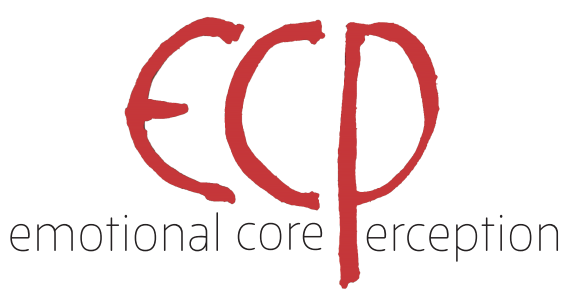Method
The therapy first requires the restoration of binocular perception and a phoria-free synchronization of the eyes. Here,
Bruno uses the term "phoria" from optometry. Phoria is a hidden eye abnormality affecting 80% of the world's population.
The eyes appear synchronized when one keeps both eyes open and focused. However, when they are closed, synchronization
can no longer be maintained. A difference in muscular tension between the left and right eyes affects their movement.
Phoria reflects a lack of synchronization of the interaction between the left and right hemispheres of the brain.
In ECP, phoria is a central defense mechanism. To dissolve phoria, the therapist invites the patient to focus on one
point with both eyes. After that, the therapist alternately covers one eye at a time. After a while, most patients can
focus and maintain synchronization in both eyes, at least for some time.
In Emotional Core Perception, all psychic and physical defenses have topographical and archaeological aspects. The
dissolution must take place from the eyes down to the genitals and at a gradually higher energy level so that the
patient can systematically get deeper into his emotions and sensations. This work is done concretely with
physiotherapeutic methods and always with maintained awareness of the therapeutic situation.
Therapy works partially from the outside, going deeper down to different layers, as in an archaeological excavation, and
partially like in topography with events from various epochs in a person's life. In the final phase of therapy, patients
can see and understand the events that have shaped their life journey and functionally reconstruct their lives and
resilience.
The method also uses the effect that repetition has on what you see, hear, or say. When the patient blinks and sees the
therapist's eyes without phoria, the cognitive ability to give meaning to what one sees based on one's life experiences
is fatigued. After a while, patients begin seeing like the little child they once were - they know what you feel,
whatever you say.

